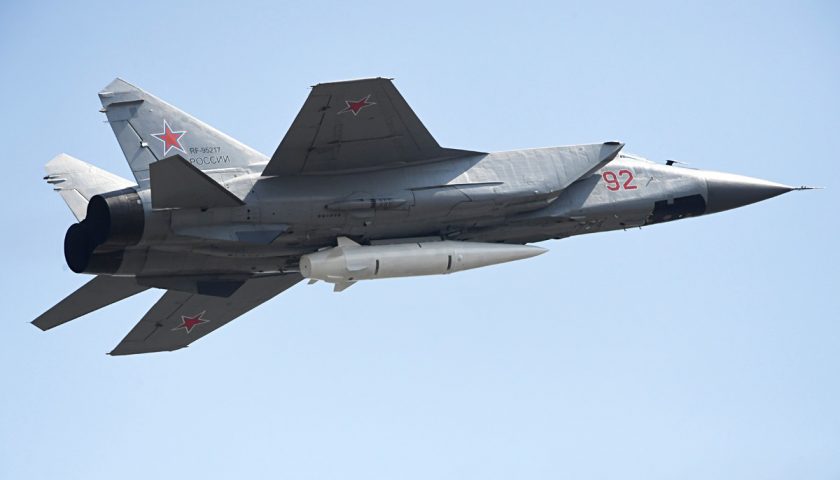According to the equivalent of the 2020 finance bill of the Russian Federation, the army budget will increase from 2,9 Tr rubles in 2019 to 3,1 Tr Rubles in 2020, an increase of 6,9% on the 'year. In 2021, it will stand at 3,2 Tr rb and in 2022 at 3,3 Tr rb, an increase of 14% over 3 years. This will be the largest annual increase in the federal Defense budget in 10 years, consistent with the ambitions of the GPV 2019-2027, the equivalent of the Military Programming Law, which provides for an expenditure of 9 Tr Rubles for armed forces equipment, or an average of $18,75 billion per year. In fact, this will be an increase from $16 billion in 2019 to $21 billion in 2027, or average growth of 7,5% per year.
This very clear increase in Defense spending is, however, hidden in official communication by the significant drop in the value of the ruble on international markets, which went from an average value around 59 rb per USD in 2017/2018, to 65 rb per USD today. This explains why, in the official presentation of the army budget expressed in USD, it stands at $47,7 billion in 2020, $50 billion in 2021, and $51,3 billion in 2022, at a fixed parity. On the other hand, these values must be weighted for inflation in Russia, which currently stands at between 3,5 and 4% per year, and which therefore limits the effectiveness of this increase.

Furthermore, great caution should be exercised when assessing Russia's military capabilities solely on the basis of its official budget expressed in rubles. Indeed, as expressed above, the value of the ruble is today very low compared to the dollar or the euro, having gone from 1 euro for 37 rubles in 2013 to 1 euro for 75 rubles today. . Over the same period, prices and wages in Russia have increased much less, especially in the arms industry and in the armies. In addition, a third of the military workforce is made up of conscripts, who receive only a symbolic salary, except when they are deployed in areas of operation, such as in Syria. Finally, many Defense expenditures are not taken into account by the Russian Ministry of Defense, but by parallel federal expenditures, particularly concerning research and development, while many infrastructure expenditures are the responsibility of the Oblasts. (the regions). This is the reason why international organizations like SIPRI, whose methods of calculating the Defense budget are nevertheless questionable, estimate the Russian budget devoted to the armies at $61 billion in 2018, compared to 45 according to the official communication from the Kremlin. .
It is also important to keep in mind that Russian strategists have been able, since the mid-2000s, to design a Defense industrial policy combining the development of new critical systems, such as the S350/400/500 anti-aircraft missiles, the Kinzhal and Tzirkon hypersonic missiles, the Su-57 combat aircraft and the new generation armored vehicles of the Armata family, with a vast program of modernization of existing equipment available in large numbers, such as the T72B3 and T80BV tanks, helicopters Mi8/24/26/35 or even the combat aircraft of the Su-27 family. Now, where to build a tank leopard 2 A7 costs more than 10 million euros, the modernization of a T90 to the T90M standard only costs one million euros, the price of a VBMR Griffon.

In other words, it is essential to weigh speeches based on the gap in defense spending between Russia and Europe, for example, to return to more factual assessments, such as the number of men ready to fight. , the number of armored vehicles and artillery systems, the number of submarines and combat aircraft, while integrating these values into a filter taking into account the technological efficiency between the systems, to assess the reality of the power gap between the Western bloc and Russia in Europe.
If the question interests you, refer to the article “Proposed model for a comparative analysis of defense equipment investments” accessible for free here.

